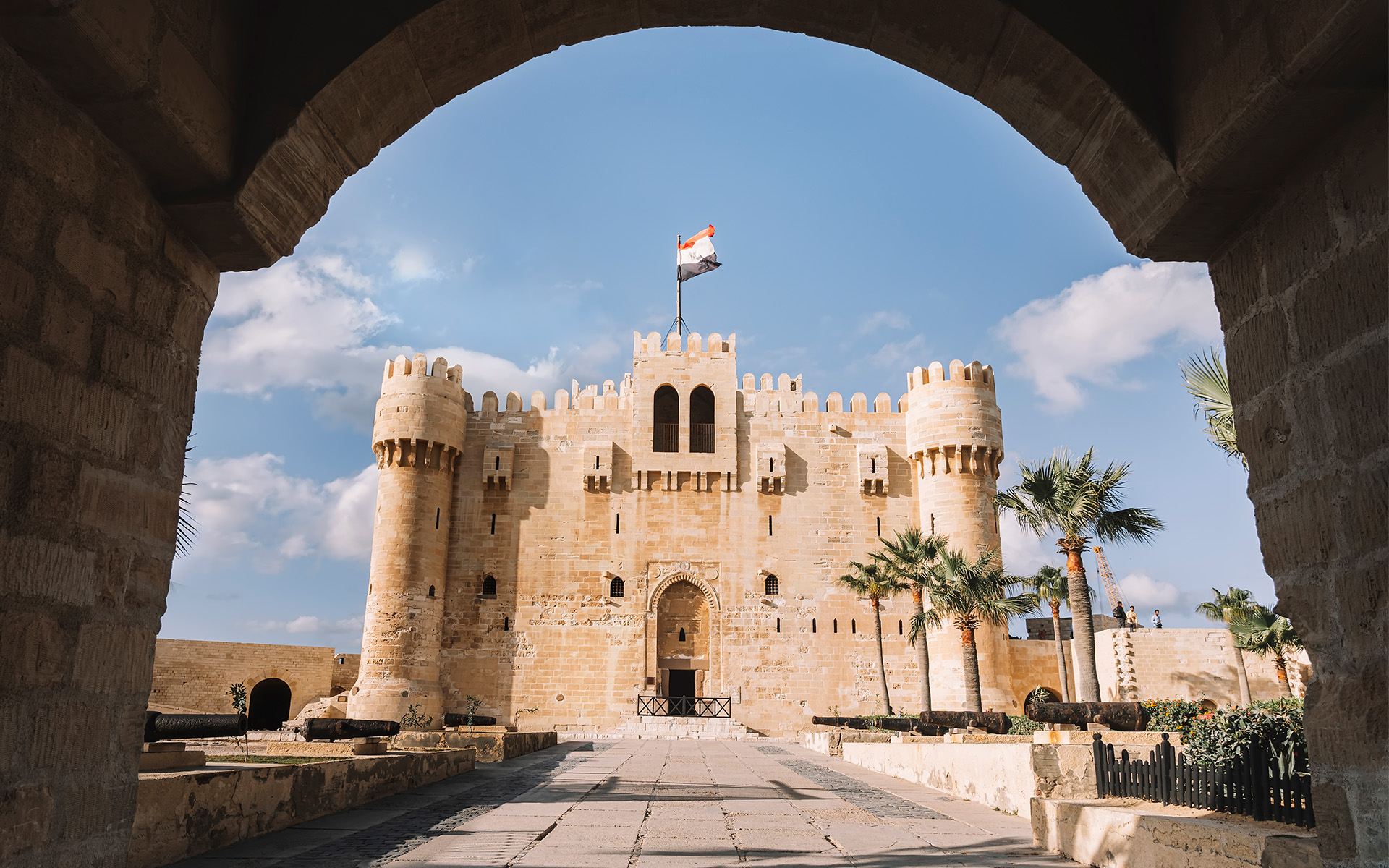Alexandria faces major flood risks owing to its location on the Nile Delta’s coastline and vulnerability to worsening extreme weather events.
City Class Score
| Commercial Hubs | |
| Export Champions | |
| Mobility Connectors | |
| Climate Resilient |
Corporate HQs, MNC presence, branded outlets, hotels, manufacturing, start-up ecosystem, transport linkages, population, and income.
Go to the class information
Manufacturing, industrial parks, export share and share change by category, air and port infrastructure, freight time to market, trade agreements, and expert interviews.
Go to the class information
Passenger traffic, flight connectivity, air-cargo flights, port infrastructure, container ship sailings, and major road networks.
Go to the class information
Coastal and river flooding, extreme rain, extreme heat and humidity, cyclones, and water scarcity.
Go to the class information
Founded by Alexander the Great in 331 BC, Alexandria was once the heart of the Hellenistic world and famous for its legendary library and magnificent lighthouse, one of the seven wonders of the ancient world. The lighthouse has long since vanished, but its spirit lives in the 15th-century Mamluk citadel of Qaitbay. This fortress, with its sturdy limestone walls, offers breathtaking views of the Mediterranean, standing guard against Crusader invaders of the past. Today, the citadel faces a different kind of threat: rising sea levels and storm surges that challenge the very existence of the city as it is gradually sinking, much like Bangkok and Jakarta.
Alexandria holds promise as an export manufacturing hub thanks to its strategic location near Europe and changes in the global supply chain, as manufacturers seek to avoid worsening trade tensions. But the city must tackle pressing climate-related issues to reach its potential. The challenges extend beyond Alexandria itself. Nearly 40 million people in the delta, including nine other cities highlighted in our report, face similar risks.
In 2015, Alexandria experienced floods described as one in 50 years, which inundated 60% of the city as fierce weather overwhelmed its pumping systems. An influx of migrants from rural Egypt and unchecked construction has led to explosive population growth, leaving lower-income residents especially at risk of flooding. A third of Alexandria already lies below the mean sea level, and the United Nations’ best-case scenarios predict that by 2050 a third of the city could be underwater. Before that time arrives, extreme weather events will continue to threaten its inhabitants as the city alternates from floods to heat crises.
The municipal government is responding to these mounting challenges. The Anticipatory Flood Management project, a collaboration between Dutch and Egyptian agencies, is developing a range of solutions. These include an affordable early warning system as a short-term measure, alongside long-term plans to enhance the city’s drainage capacity and implement flood mitigation and protection works. However, balancing the need for investment in climate resilience with domestic economic pressures and post-pandemic financial constraints presents a significant challenge — one that many cities on our list must navigate, requiring both local ingenuity and global cooperation.

